World Wetlands Day takes place on Tuesday 2nd February, with the purpose to raise awareness of wetlands. This year, the spotlight is being shone on these environments as a source of freshwater over the world.
What are wetlands?
Wetlands are either saltwater or freshwater and are essential globally for water storage, food access, and habitats for wildlife. Inland wetlands include places like rivers, lakes, and swamps, then there are coastal wetlands like salt marshes, coral reefs, and mangroves.
Whilst there are some huge, well known ones over the planet such as the Arctic tundra and the Okavango Delta, however your local marsh or bog are still so important.
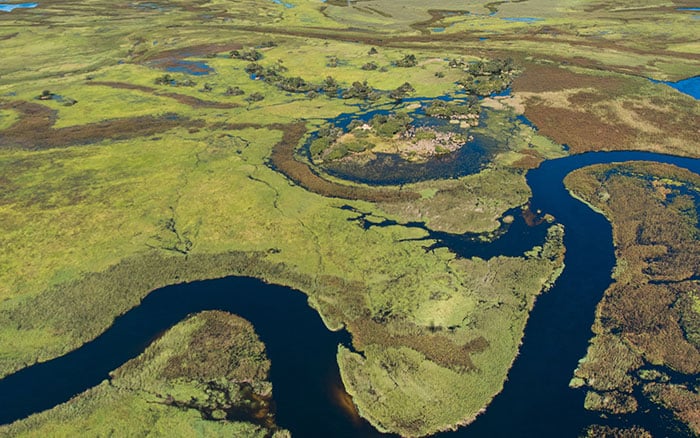
But, nearly 35% of the world’s wetlands were lost between 1970 and 2015.
Why do we need them?
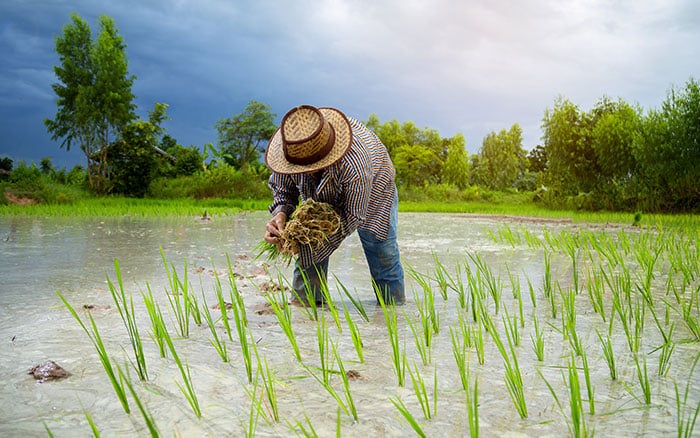
So, why do we need these environments and how do they impact lives around the world?
• Wetland systems are a place where water is stored as well as cleaned, as they can naturally filter out pollutants, so the water is safe to drink. In fact, they can remove up to 60% of metals in water and remove 90% of nitrogen.
• They are a source of food. Aquaculture is the breeding, raising, and harvesting of fish and aquatic plants, and wetlands are places where this can take place. Rice terraces, or rice paddies, are also key for keeping 3.5 billion people fed every year.
• As shown above, a lot of people rely on them for food, which means a lot of people rely on them for work as well.
• Wildlife benefits from these environments too as 40% of the world’s species live and breed in them.
• They are also crucial for flood protection and storms because every single acre can absorb up to 1.5 million gallons of flood water.
• As well, wetlands can assist with climate regulation as they hold large amounts of carbon.
Wildlife
Wetlands are key for wildlife. These environments are home to a huge variety of animals, due to the diversity or habitat types.
Many mammals, fish, and invertebrates call these places home, and they are incredibly attractive to birds, who stop off in during their migration journeys.
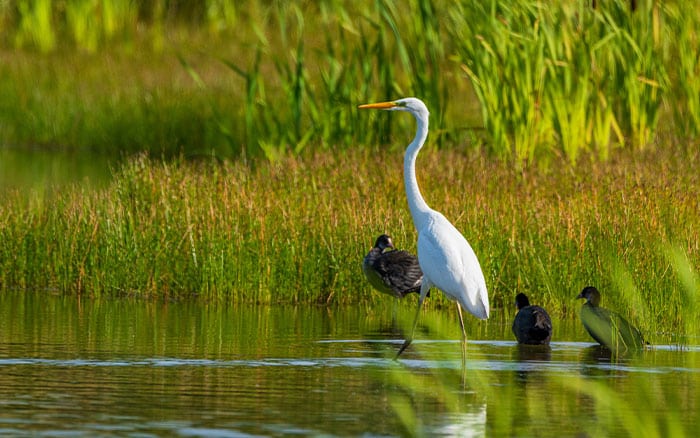
Wetlands in the UK
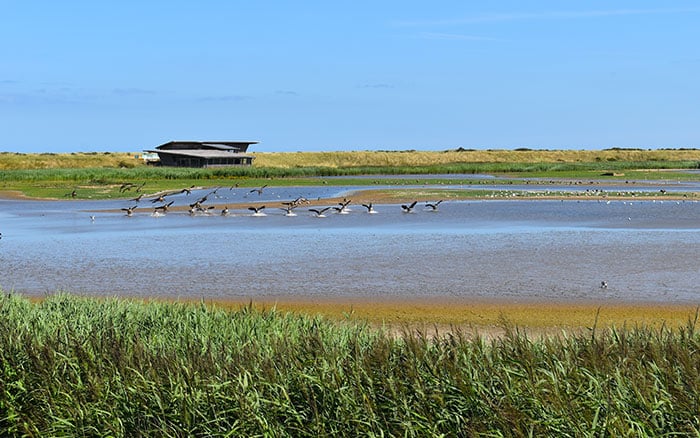
1. England’s largest lowland wetland are the Norfolk Broads, with shallow likes that crane, bittern, and marsh harries frequent.
2. London Wetland Centre is the world’s first man-made urban wetland reserve. Not only does it host a wide range of birds and wildlife, but also more bat species that any other place in London.
3. Cley Marshes in Norfolk is one of the best places for birdwatching in the UK. The visitor centre and hides give incredible views of the marshes.
These environments are incredibly important to life on earth. As habitats and sources of food for wildlife, they are also crucial for food, water, work, and protection from flooding. To find out more about World Wetlands Day, click here.
David Domoney is a Chartered Horticulturalist, Broadcaster, and Author. David has worked with a number of the UK’s leading garden retailers as a plant buyer and strategic consultant. With more than 30 years experience, in horticulture, David is as passionate about plants now as he was when he bought his first plant at a village fete.

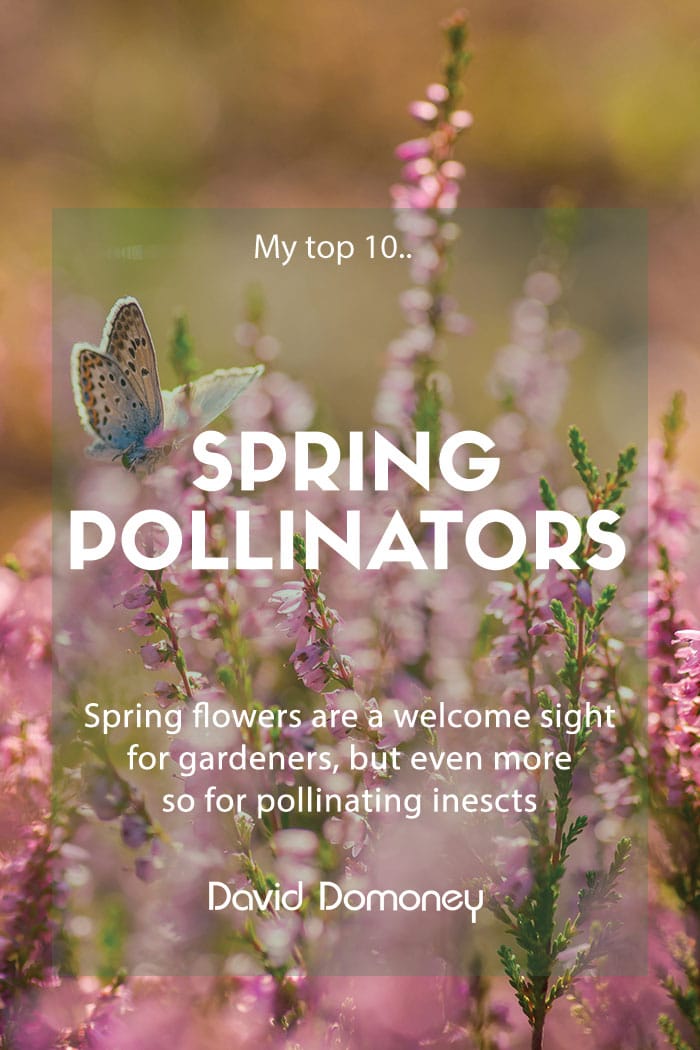
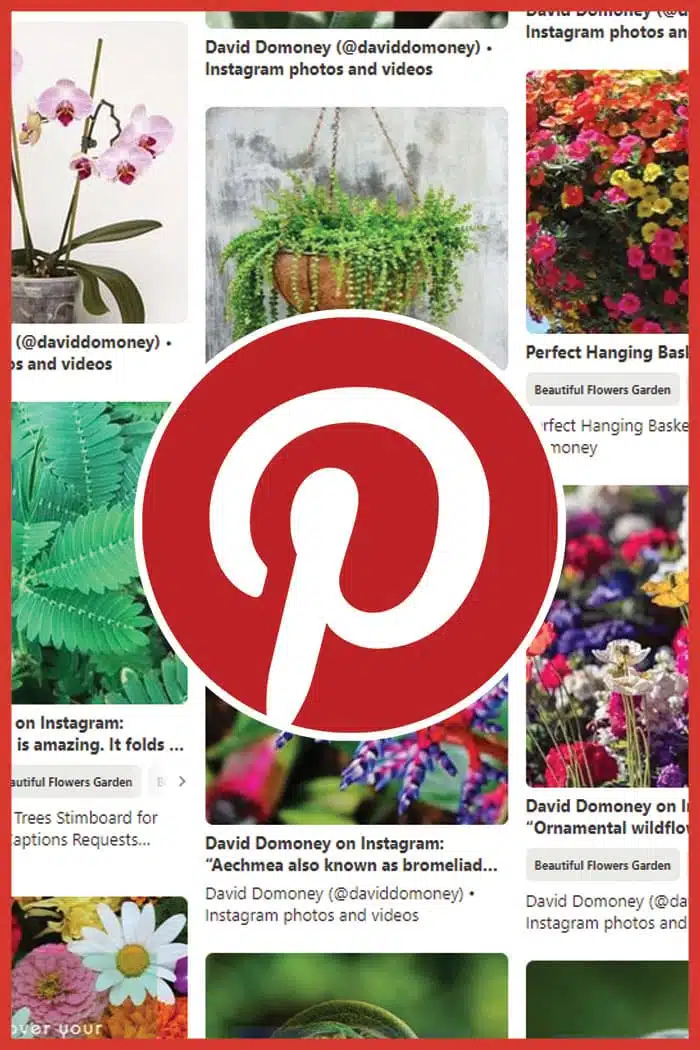


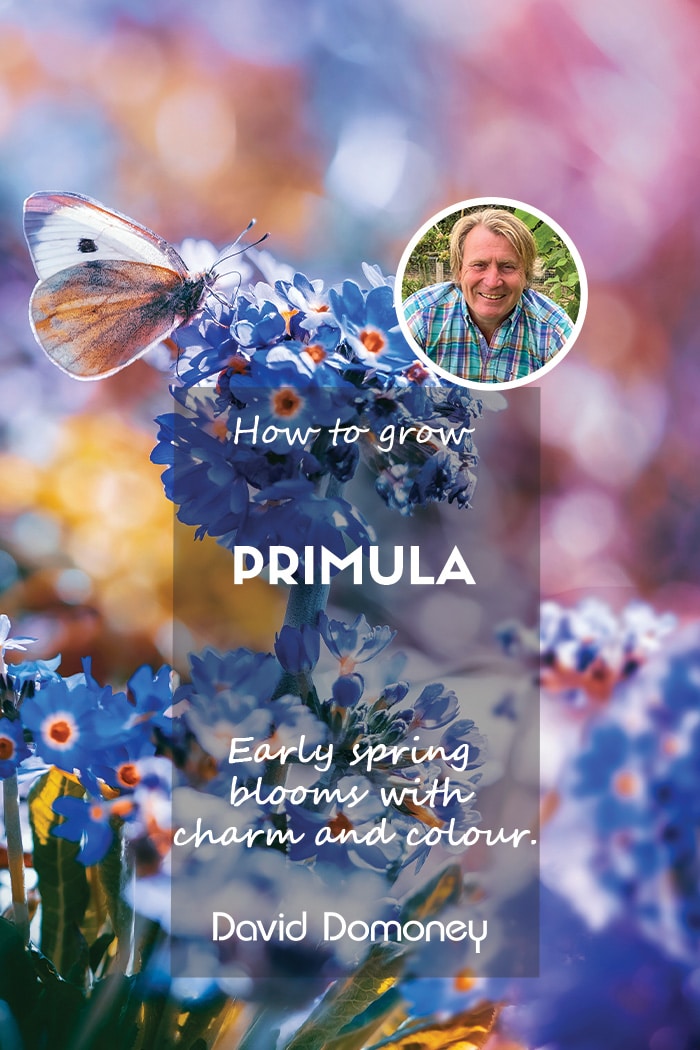
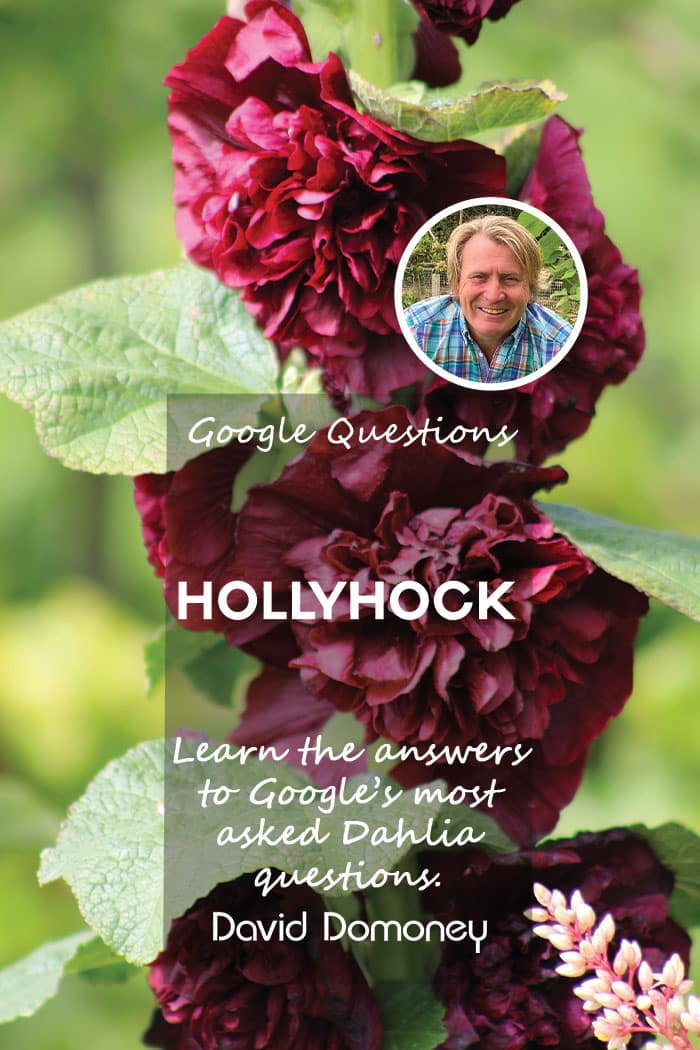
Leave A Comment